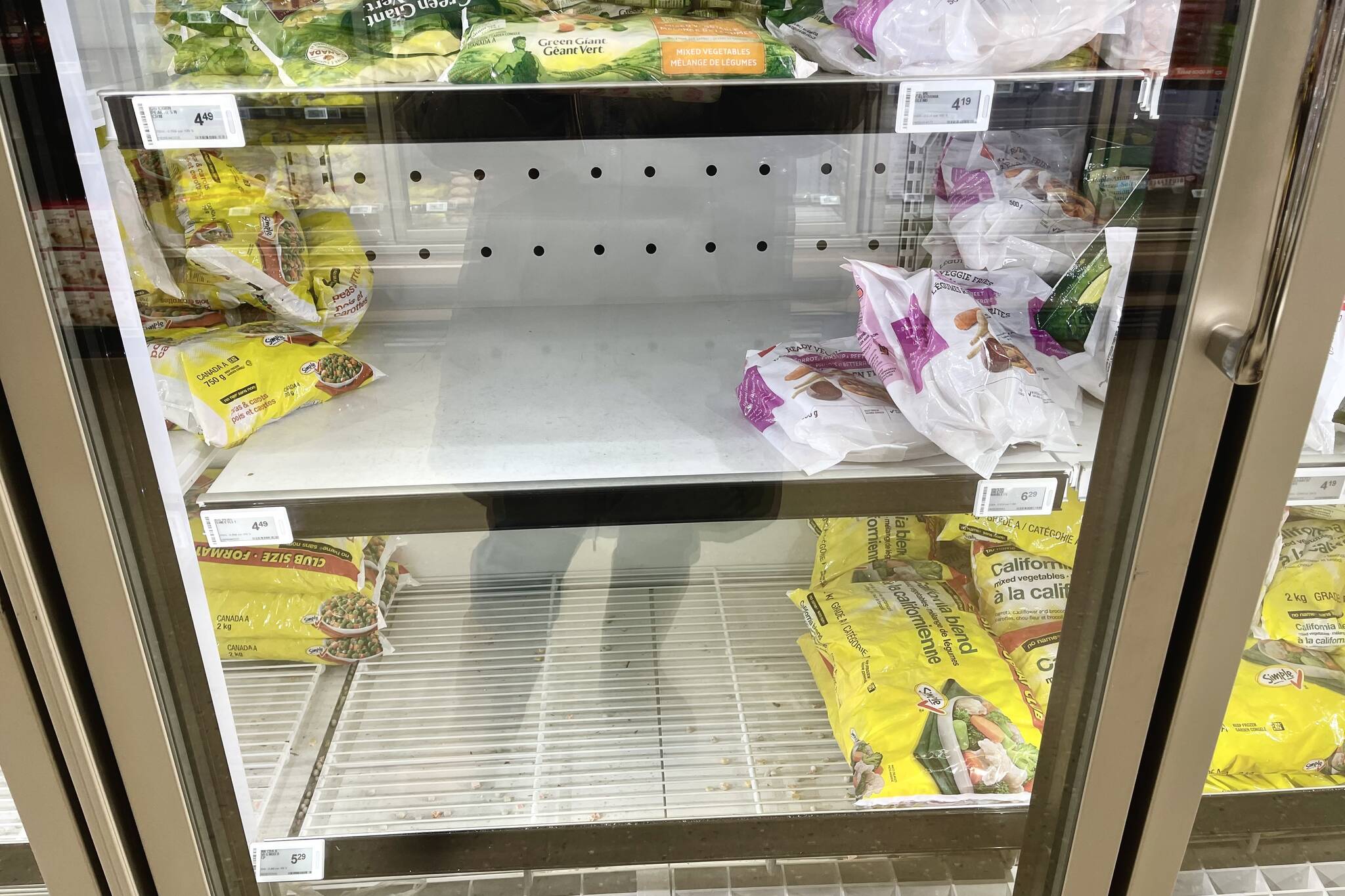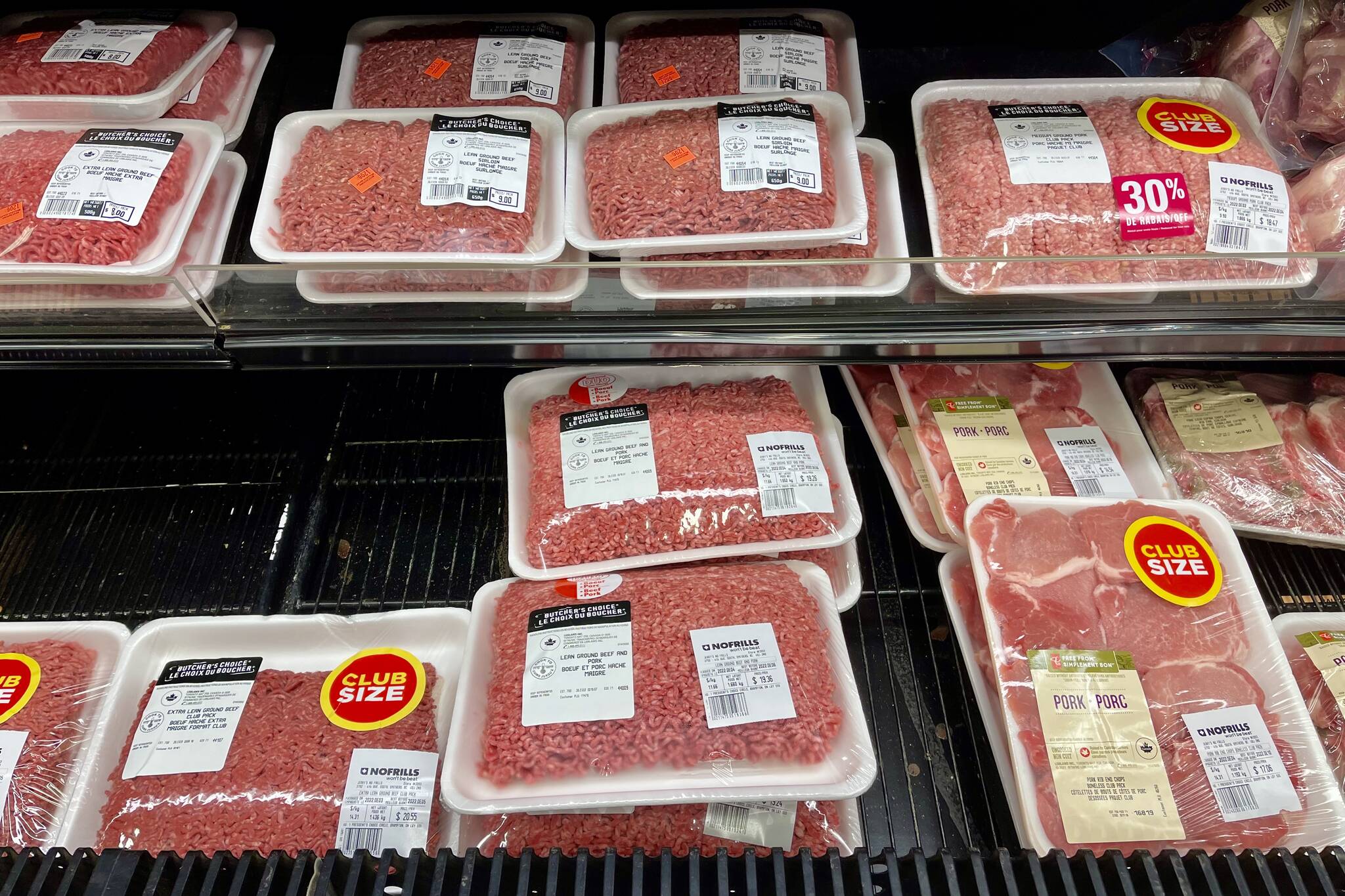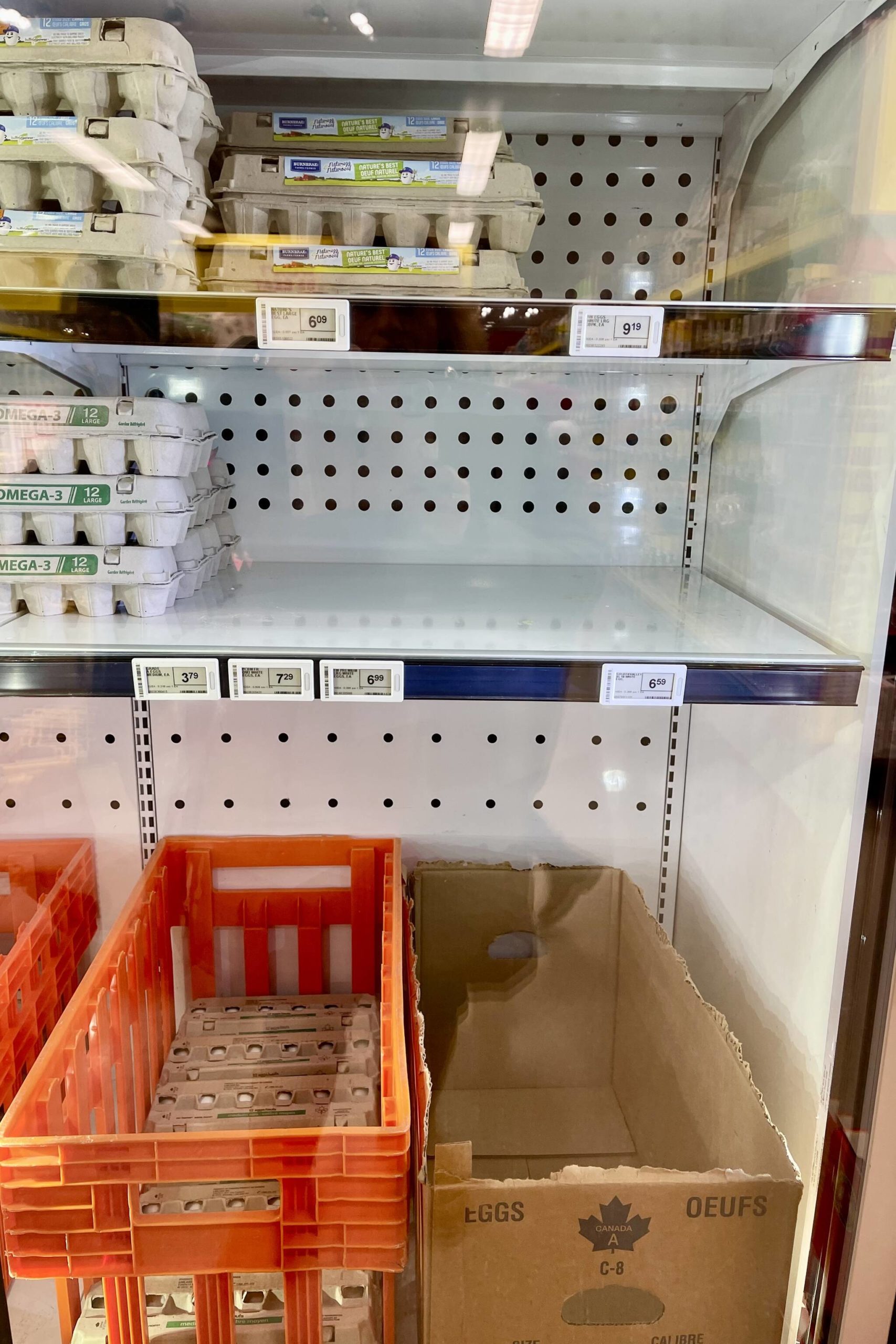In March, with the consumer price index in Canada reaching a 31-year high of 5.7 per cent in February, and 6 per cent in December, many Smithers families are feeling the crunch.
But just how expensive has it become to live in Northwest B.C.?
Recent statistics from the Northern BC Northern Real Estate Board (NREB), indicate the average value of a single-family home in Smithers jumped 21 per cent last year from $362,000 to $438,000.
Ball-parking the expenses tied to accommodations, a 20-year mortgage would run approximately $1,900 per month, with property taxes on top of that at approximately $250 per month. Add hydro, phone, heating and expenses just for housing are up to approximately $2,600 a month.
For a family of two, a very basic list of groceries and household items (see sidebar), around $628 per month in March and $664.20 in December.
This doesn’t include some staples such as peanut butter and jam.
Figuring in the cost of fuel at $1.95 per litre (in March) and $1.77 per litre (in December), the fluctuations in fuel is causing people to consider alternative transportation as the monthly budget is stretched further and further.
Even at a very conservative estimate of $80 per month to fill an SUV tank, the monthly budget is now edging closer to $2,700 per month in March and $3345 in December, and that is without any splurging for a beer on Friday night, a movie on cheap night (Tuesday) at the theatre, or things as basic as clothing.
With the average dual-wage household annual income in Canada at approximately $101,000, even relatively well-off people are now looking at about half their income going to basic expenses.
Turning to those who find themselves in lower-income brackets, the crunch is even more acute.
Currently, minimum wage is $15.20/hour, minus taxes, in March, and $15.65 in December, making the take-home wage closer or approximately $2,100 per month in March and $2,504 in December, for a full-time earner.
Older adults/seniors are living on fixed incomes. According to the Canadian Pension Plan website the maximum amount a person can draw in March of 2022, if they are 65 and worked (contributed) at least 39 years, is $1,253.39 and remained the same in December 2022
Old Age Security is currently $754.05 for those over 75. Combine CPP and OAS and the approximate average income is just $2,007.44/month. Clearly not sustainable without added income, or qualifying for low-cost housing.
Parents who are eligible can receive the Canada child benefit of up to $6,997 per year for children under six years of age and $5,903 for each child six to 17 to help with costs.
In order for parents to be employed, however, a person can expect a monthly fee for child care in the range of $900 for an infant, $850 for a toddler and $780 for a preschooler according to British Columbia’s Child Care Provider Profile Survey, although it does state costs can range much higher.
The Province of B.C. is accepting applications from licensed child care providers who want to provide child care for $10/day or less, but the actual program is not yet running, leaving parents to grapple with the high cost of licensed child care or finding an alternative.
Families are becoming more involved in child care. Homeowners are looking to renovations to their homes so they can rent out space and decrease costs.
Ride-sharing is becoming more popular. More people are finding ways to work from home, or have more flexible hours from employers.
In years past, during financially difficult times, the barter system became popular, and may again going forward.
Difficult times, call for creative solutions, and for people in the northern regions who have to travel further for services, or pay more for basic necessities, the need for creativity and flexibility is very real.




